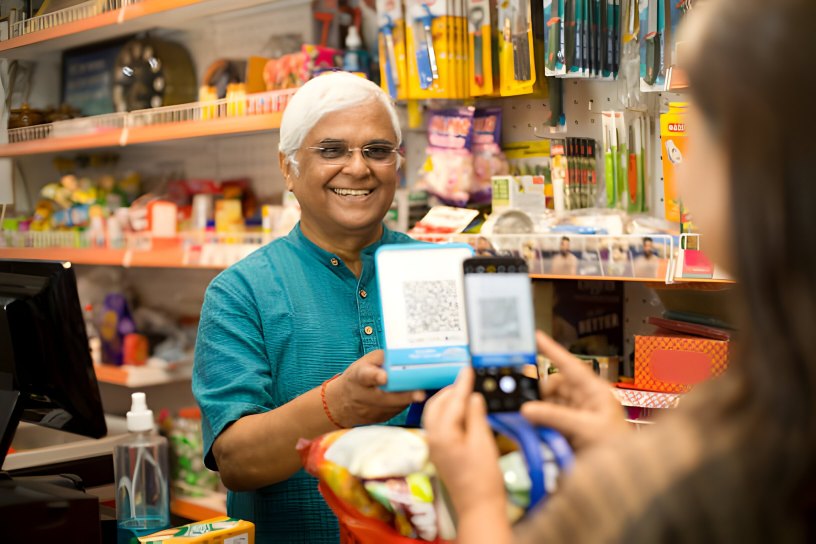(This article was first published on FSS Knowledge Hub.)
There is no denying that UPI has dramatically transformed how Indians make payments. Its incredible accessibility, convenience, and most importantly, its free nature for end-users, have propelled it to become the most popular digital payment method in India.
And UPI’s monthly numbers prove this. In May 2024, UPI processed a record 14.4 billion transactions, which was worth ₹20.45 lakh in transaction value. UPI is, without doubt, becoming the go-to payment method of most of us.
But how does UPI function without charging its users? Let’s dive into the factors behind this seemingly costless service.
Factors enabling UPI’s free structure
- Government and NPCI Support: To a great extent, we can attribute the remarkable growth and success of UPI to the backing of the Indian government and the National Payments Corporation of India (NPCI). NPCI, which is a non-profit organization, developed and manages the UPI infrastructure. UPI has been promoted by the government since its inception, recognizing it as a tool for financial inclusion and a cashless economy. Subsidies and incentives have also been key in keeping the platform free for personal transactions
- Minimal infrastructure costs: Unlike traditional payment systems, UPI leverages existing banking infrastructure, reducing overheads. It doesn’t involve physical card networks or the additional costs associated with managing them. The transactions themselves are processed quickly and efficiently, leading to lower costs for all parties involved
- Stakeholder benefits: While free for users, UPI offers a win-win situation for various stakeholders:
- Banks: UPI enhances customer acquisition and engagement. Banks benefit from increased transaction volumes and the valuable data generated from these transactions
- Merchants: UPI offers merchants a more straightforward and cost-effective way to accept payments compared to credit/debit cards. This ease drives widespread adoption among small and medium-sized enterprises
- Payment apps: Apps like Google Pay and PhonePe benefit from increased user adoption and transaction volume, allowing them to monetize through value-added services or partnerships
- Focus on mass adoption: Initially, the free model was critical for driving mass adoption of UPI. The absence of fees lowered the barrier to entry, particularly in a price-sensitive market like India. This strategy worked exceptionally well, making UPI a ubiquitous part of daily transactions for millions of Indians
Potential changes and the debate on sustainability
While UPI has enjoyed immense success with its free model, the discussion around its long-term sustainability is ongoing. Here are some key points in the debate:
- Costs vs benefits: Proponents of the free model argue that the long-term benefits—financial inclusion, reduced reliance on cash, increased economic activity— outweigh the current costs
- Alternative revenue models: Some suggest exploring alternative ways to monetize UPI, such as charging merchants a nominal fee for larger transactions or introducing value-added services for a fee
- Balancing Act: Any potential alterations must carefully balance ensuring the continued growth of UPI with maintaining accessibility for the wider population
The road ahead
UPI’s growth trajectory is phenomenal, and its influence on India’s digital economy is undeniable. Its success is partially owed to its free nature for individual users. While the question of its long-term financial model remains, the key will be to ensure that any future changes don’t hamper the accessibility and inclusivity that have made UPI a true game-changer.
While the government’s continued commitment to the platform will likely play a significant role in sustaining its current cost structure, ongoing technological advancements could bring down operational costs further, making a free UPI model more viable.
